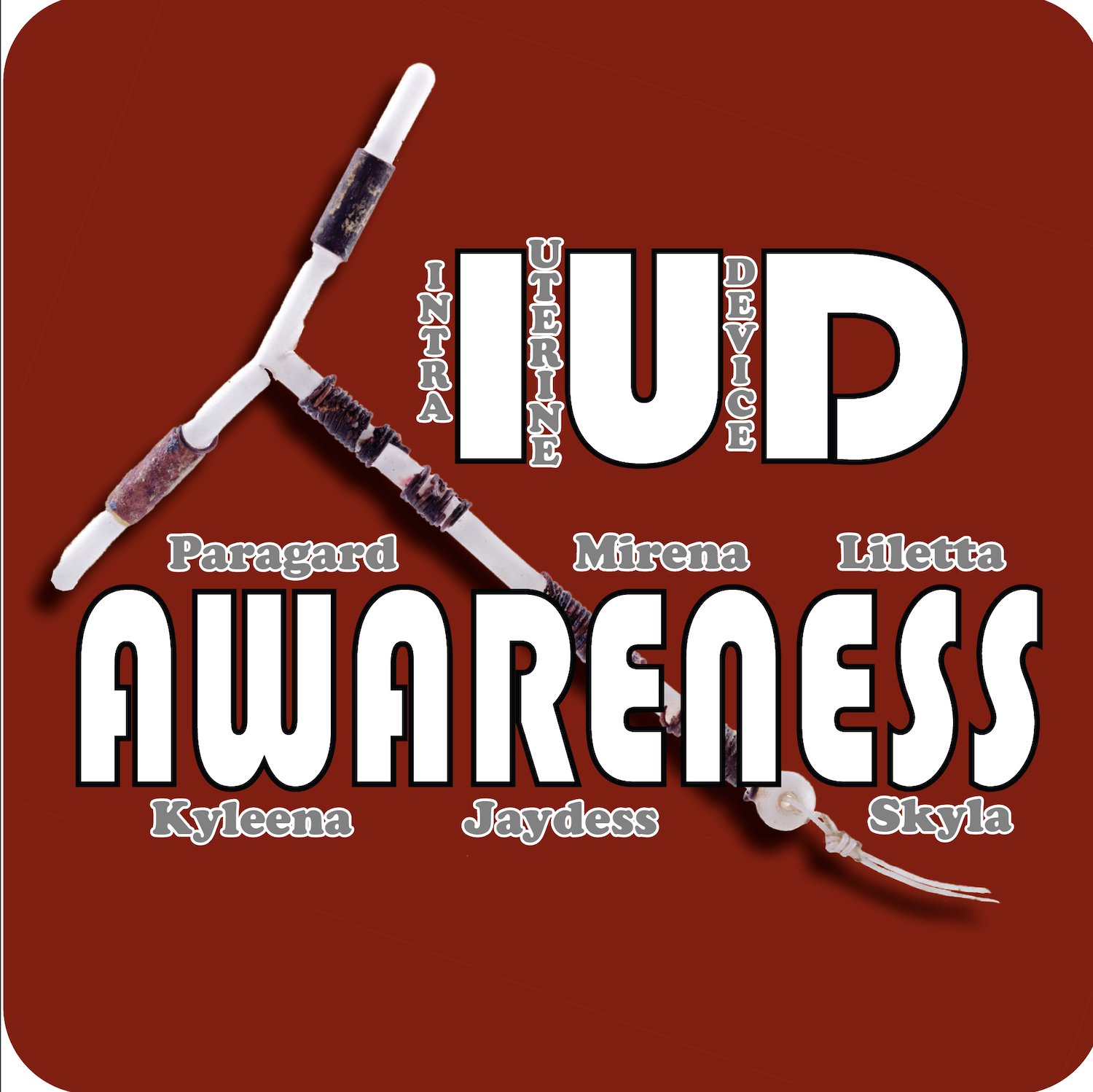Copper intrauterine device use and HIV acquisition in women: A systematic review
/Philip C Hannaford, Angeline Ti, Tsungai Chipato, Kathryn M Curtis
BMJ Sexual & Reproductive Health Journal
January 2020
The collective evidence, including that from a large high-quality RCT, does not indicate an increased risk of HIV acquisition among users of Cu-IUDs. human immunodeficiency virus; intrauterine devices.
Excerpts from Abstract
To review systematically copper intrauterine device (Cu-IUD) use and HIV acquisition in women. We searched Pubmed, Embase and the Cochrane Library between database inception and 26 June 2019 for longitudinal studies comparing incident HIV infection among women using an unspecified IUD or Cu-IUD compared with non-hormonal or no contraceptive users, or hormonal contraceptive users. We extracted information from included studies, assessed study quality, and summarized study findings…….
Read the Entire Abstract on PubMed
BMJ - Sexual & Reproductive Health Journal
Official international journal of the Faculty of Sexual and Reproductive Healthcare
References
Ahmed K, Baeten JM, Beksinska M, et al. . HIV incidence among women using intramuscular depot medroxyprogesterone acetate, a copper intrauterine device, or a levonorgestrel implant for contraception: a randomised, multicentre, open-label trial. Lancet 2019;394:303–13. 10.1016/S0140-6736(19)31288-7 - DOI - PMC - PubMed
Achilles SL, Creinin MD, Stoner KA, et al. . Changes in genital tract immune cell populations after initiation of intrauterine contraception. Am J Obstet Gynecol 2014;211:489.e1–489.e9. 10.1016/j.ajog.2014.05.016 - DOI - PMC - PubMed
Sagripanti JL, Lightfoote MM. Cupric and ferric ions inactivate HIV. AIDS Res Hum Retroviruses 1996;12:333–6. 10.1089/aid.1996.12.333 - DOI - PubMed
Borkow G, Lara HH, Covington CY, et al. . Deactivation of human immunodeficiency virus type 1 in medium by copper oxide-containing filters. Antimicrob Agents Chemother 2008;52:518–25. 10.1128/AAC.00899-07 - DOI - PMC - PubMed
Moher D, Liberati A, Tetzlaff J, et al. . Preferred reporting items for systematic reviews and meta-analyses: the PRISMA statement. PLoS Med 2009;6:e1000097 10.1371/journal.pmed.1000097 - DOI - PMC - PubMed
Covidence Systematic Review Software Veritas health information 2019.
Curtis K, Hannaford PC, Rodriguez MI, et al. . Hormonal contraception and HIV acquisition among women: an updated systematic review. BMJ Sex Reprod Health 2020;46:8–16. - PMC - PubMed
Polis CB, Curtis KM, Hannaford PC, et al. . An updated systematic review of epidemiological evidence on hormonal contraceptive methods and HIV acquisition in women. AIDS 2016;30:2665–83. 10.1097/QAD.0000000000001228 - DOI - PMC - PubMed
Palanee-Phillips T, Brown ER, Szydlo D, et al. . Risk of HIV-1 acquisition among South African women using a variety of contraceptive methods in a prospective study. AIDS 2019;33:1619–22. 10.1097/QAD.0000000000002260 - DOI - PMC - PubMed
Baeten J, Palanee-Phillips T, Szydlo D, et al. . Risk of HIV-1 acquisition among South African women using a variety of contraceptive methods in a prospective study (Abstract). AIDS Res Hum Retroviruses 2018;34:48.
Saracco A, Musicco M, Nicolosi A, et al. . Man-to-woman sexual transmission of HIV: longitudinal study of 343 steady partners of infected men. J Acquir Immune Defic Syndr 1993;6:497–502. - PubMed
Sinei SKA, Fortney JA, Kigondu CS, et al. . Contraceptive use and HIV infection in Kenyan family planning clinic attenders. Int J STD AIDS 1996;7:65–70. 10.1258/0956462961917104 - DOI - PubMed
Kapiga SH, Lyamuya EF, Lwihula GK, et al. . The incidence of HIV infection among women using family planning methods in Dar es Salaam, Tanzania. AIDS 1998;12:75–84. 10.1097/00002030-199801000-00009 - DOI - PubMed
Lavreys L, Baeten JM, Martin HL, et al. . Hormonal contraception and risk of HIV-1 acquisition: results of a 10-year prospective study. AIDS 2004;18:695–7. 10.1097/00002030-200403050-00017 - DOI - PubMed
Hofmeyr GJ, Singata-Madliki M, Lawrie TA, et al. . Effects of injectable progestogen contraception versus the copper intrauterine device on HIV acquisition: sub-study of a pragmatic randomised controlled trial. J Fam Plann Reprod Health Care 2017;43:175–80. 10.1136/jfprhc-2016-101607 - DOI - PMC - PubMed
Lazzarin A, Saracco A, Musicco M, et al. . Man-to-woman sexual transmission of the human immunodeficiency virus. Risk factors related to sexual behavior, man's infectiousness, and woman's susceptibility. Italian Study Group on HIV Heterosexual Transmission. Arch Intern Med 1991;151:2411–6. - PubMed
World Health Organization Contraceptive eligibility for women at high risk of HIV. Geneva, Switzerland: World Health Organization, 2019. https://www.who.int/reproductivehealth/publications/contraceptive-eligib... (Accessed September 13, 2019).
- 2018
- Abdominal Pain
- Abnormal Bleeding
- Access
- Allergies
- Anaphylaxis
- Anxiety & Depression
- Auto-immune Disease
- Back Pain
- Bacterial Vaginosis (BV)
- Bleeding
- blood clots
- Brain Fog
- Brain Swelling
- breast cancer
- Breastfeeding
- Cancer
- cervical cancer
- Choice
- Choking
- Coercion
- Copper 7
- Copper T
- Copper Toxicity
- Cost
- Difficulty Swallowing
- Digestive Issues
- Discharge
- Early Removal
- eczema
- Endometrial Cancer
- Expulsion
- Fatigue
- Fear
- Fertility
- Gene Mutation
- Gravigard
- hair loss
- Headache & Migraine
- Heart Palpitations
- High Blood Pressure
- HIV
- Improvement after Removal
- Increase in Use
- Inflammation
- Informed Consent
- Internet Forums
- Intolerences
- Irritability & Mood Changes
- Jaydess
- Kyleena
- Lung Cancer
- Menopausal Symptoms
- Migration
- Mirena
- Missing Strings
- MRI
- Muscle Pains & Aches
- Non-Use
- osteoporosis
- Ovarian Cancer
- Pain
- Pancreatic Cancer
- Paragard
- Paranoia
- Pelvic Pain
- Perforation
- PID & Infections
- Placement
- PMDD
- Post-Abortion
- Postpartum Insertion
- pregnancy
- Prostaglandins
- Rashes
- Reproductive Justice
- Rheumatoid Arthritis (RA)
- Self Removal
- Sex Life
- sexual dysfunction
- Shortness of Breath
- Skin Problems & Jaundice
- Skyla
- STI Risk
- Stroke & Heart Attack
- suicide
- Surgical Removal
- Tubal Ligation
- Vertigo & Dizziness
- Weight Gain








